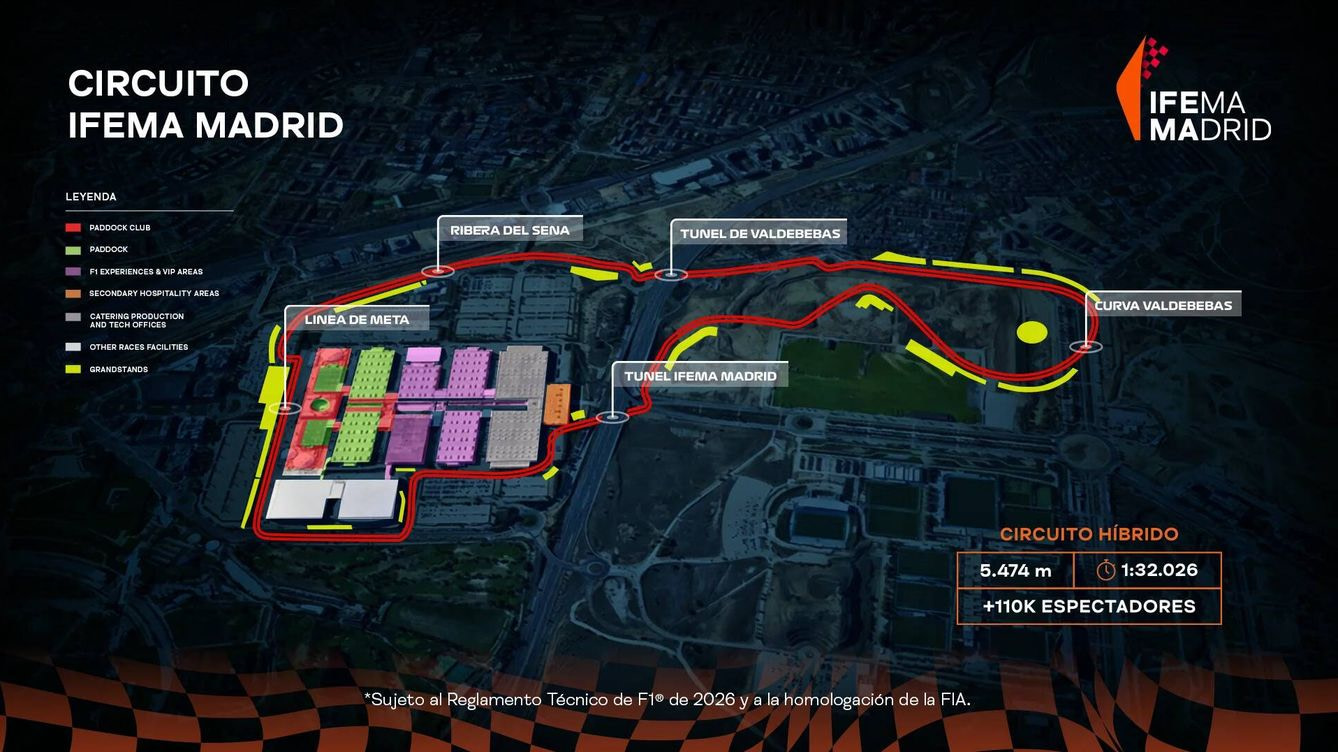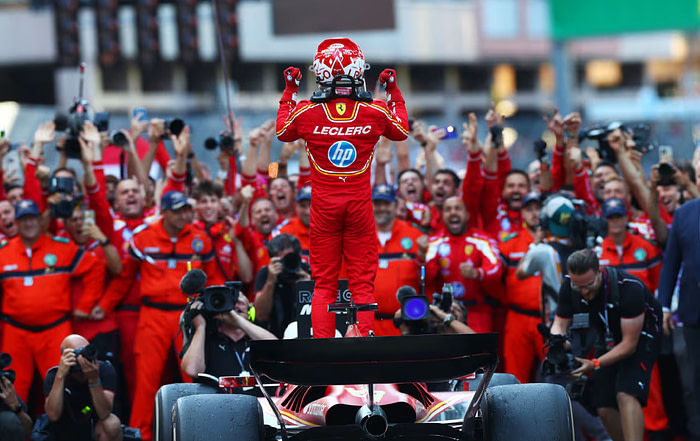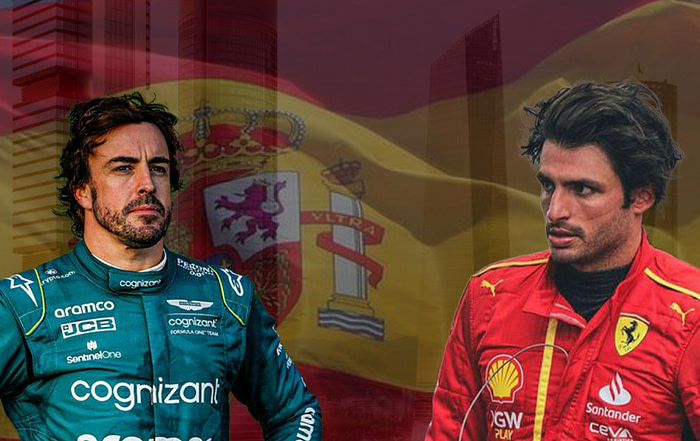In a groundbreaking announcement, Formula 1 revealed that Madrid joins Formula 1 calendar from 2026, the last time Formula 1 raced there was in 1981. The ten-year deal includes hosting races at a track to be constructed in the city, marking a significant investment in the sport by the European region. This move follows recent additions from the Middle East, such as Saudi Arabia and Qatar, and the United States, which now boasts three races in a season.
Stefano Domenicali, President and CEO of Formula 1, expressed his enthusiasm for Madrid’s inclusion, emphasizing its significance in demonstrating Europe’s ongoing commitment to the sport. He commended Madrid’s innovative project, which prioritises the fan experience, from travel arrangements to the overall event engagement.
A Bumper Deal for Madrid
The deal with Madrid spans from 2026 to 2035, showcasing a long-term commitment that aligns with Formula 1’s current trend of securing extended contracts with new and existing promoters. The capacity for the opening race is set at an impressive 110,000 per day, with plans to increase it to 140,000 within the first half of the contract. This positions Madrid among the largest capacity races on the calendar, competing with renowned circuits like Austin, Melbourne, and Silverstone.
Domenicali expressed his satisfaction with the lengthy agreement, emphasizing its role in providing stability and long-term visibility for all stakeholders, including promoters, partners, teams, and the sport itself.
Madrid’s Arrival and the Future of Barcelona
With the addition of Madrid, questions naturally arise about the future of the Circuit de Barcelona-Catalunya, a fixture on the F1 calendar since 1991. Domenicali clarified that Madrid’s presence doesn’t necessarily signal the end of the partnership with Barcelona. Discussions are ongoing to explore the possibility of extending the collaboration with Barcelona to host the Spanish Grand Prix, emphasizing the resurgence of Formula 1’s popularity in Spain.
In 2023, Spain experienced a significant boost in F1 viewership, with a total season TV audience of 77 million, a 84% increase from the previous year. The country’s growing interest in Formula 1 is further demonstrated by the success of the Spanish Grand Prix, with over 10 million viewers and increased social media engagement.
Sustainability at the Heart of Madrid’s Venture
Madrid’s new circuit will be constructed around the IFEMA MADRID convention center, just five minutes away from the international airport. Sustainability is a key focus, with IFEMA MADRID reducing its carbon footprint by 78% over the last five years. The commitment extends to using 100% certified renewable energy in all exhibition halls and constructing any temporary structures for the race using recyclable materials.
Domenicali emphasized Formula 1’s commitment to achieving Net Zero Carbon by 2030 and highlighted IFEMA MADRID’s shared vision to make the Spanish Grand Prix one of the most accessible and sustainable events on the calendar.
Unveiling Madrid’s Circuit: Layout and Unique Features
Madrid’s new F1 circuit, spanning 5.474km with 20 turns, is set to be a blend of street and non-street sections. The layout, subject to FIA homologation, promises an exciting mix of fast sweeps, tight chicanes, long straights, and short bursts of throttle, providing a varied and challenging experience for drivers.
The circuit will utilize both public roads and private land, creating a unique combination of street and permanent circuit elements. Noteworthy features include an elevated motorway between the two primary zones, incorporating two short tunnel sections.
Craig Wilson, F1’s Head of Vehicle Performance, highlighted a particularly thrilling section from Turn 7 to Turn 9, which is set to be steeply downhill, offering an exciting challenge for drivers. Discussions are also ongoing about potentially banking Turn 10 to enhance the racing spectacle.

Madrid’s Vision for F1: Fan Experience and Beyond
Madrid’s new circuit is strategically located, providing easy accessibility for fans through public transport options. The venue’s capacity, starting at 110,000 per day and growing to 140,000, underscores Madrid’s commitment to making the Spanish Grand Prix one of the largest and most significant events on the F1 calendar.
The city’s vibrant atmosphere, rich cultural heritage, and sporting enthusiasm make it an ideal host for Formula 1. Spain’s love for football is well-known, with teams like Real Madrid and Atletico Madrid calling the city home. The Sainz family, including Ferrari’s Carlos Sainz, adds a touch of motorsport royalty to Madrid.
The announcement received widespread support from local authorities, including the Regional Government of Madrid, the Madrid City Council, and the Chamber of Commerce. The comprehensive proposal from IFEMA MADRID, with its focus on sustainability and community engagement, contributed to the approval of the new venture.
As Madrid gears up to join the Formula 1 calendar, the excitement is palpable. The city’s unique blend of tradition and modernity, combined with its commitment to sustainability and fan experience, sets the stage for an unforgettable addition to the F1 season. With the race set to debut in 2026, motorsport enthusiasts and fans alike eagerly await the thrilling spectacle that the Spanish capital will undoubtedly bring to the world of Formula 1.






Leave A Comment